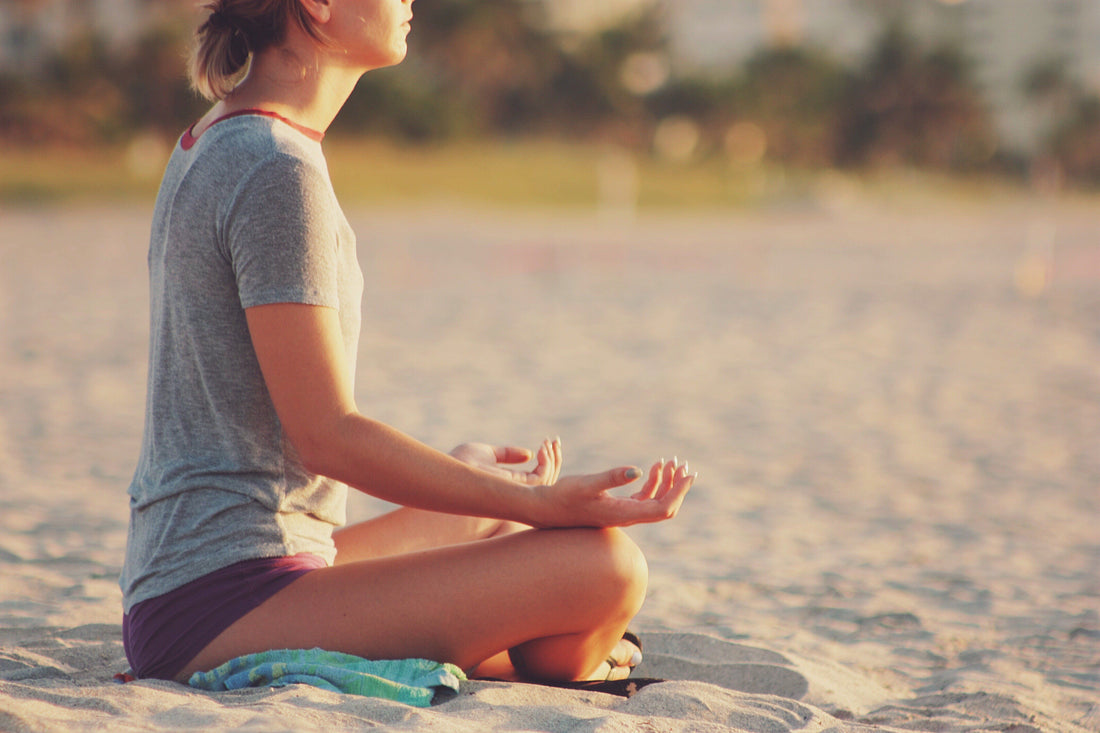Most people have heard of meditation, but many don’t know how to engage in the practice or how to benefit from it. Meditation is the practice of achieving mental clarity and an emotionally calm state by utilizing certain techniques. There are a variety of meditation techniques that people use, so it’s important to try a variety of them until you find the one that works best for you.
Here’s a beginner’s guide to meditation, including practical tips, benefits and techniques you can use to get the most out of this popular and very impactful practice. If you currently struggle with excessive stress and anxiety, practicing meditation can make a big difference in your life.
Types of Meditation
One of the great things about meditation is that it is not a “one size fits all” approach to stress reduction. Instead, there are several different types of meditation. Here’s a brief overview of some of the main types.
- Mindfulness meditation: This is one of the most common and effective types of meditation. It involves paying attention to thoughts as they run through your mind. The key is not to become too involved in each individual thought, but to just take note of them as they go by. You may wish to notice any patterns of thoughts that may develop. You may also wish to focus on the feelings and physical sensations you experience as you breathe deeply. Mindfulness meditation originates from Buddhist teachings.
- Focused meditation: This type of meditation involves concentrating intensely on one of the five senses. You may wish to focus on a sound, such as a clock ticking or the steady sound of a gong. Or, you may choose to focus on your breathing or staring at the flame of a candle. You may discover that it is very difficult to maintain your focus on one thing for any length of time, but the more you practice, the better you will get at it.
- Spiritual meditation: You may wish to perform this type of meditation if you want to feel a deeper connection with the universe or with God. This type of meditation is very similar to a prayer in that you direct your thoughts to a higher power and focus on the silence around you.
- Mantra meditation: Hindu, Buddhist and other traditions practice mantra meditation. It involves using repetitive phrases, words or sounds in your mind. Focus on the mantra to clear your mind of distracting thoughts.
These are just a few of the more popular types of meditation you may want to try. If you explore beyond these, you may find one that suits you best.
Teaching Yourself to Meditate
The key to teaching yourself to meditate is to be patient and persevere, even if you struggle in the beginning. It’s best to limit yourself to a very short meditation session (up to two minutes) when you first get started, then gradually lengthen the time. Be kind to yourself and continue to bring your thoughts back where you want them when your mind begins to wander.
Benefits of Meditation
Meditation can help increase self-awareness, reduce stress in your life and increase your patience and tolerance. It’s especially helpful when combined with other stress-reduction practices. Making the necessary lifestyle changes will improve your day-to-day life immensely.


 Improve focus and clarity.
Improve focus and clarity.


